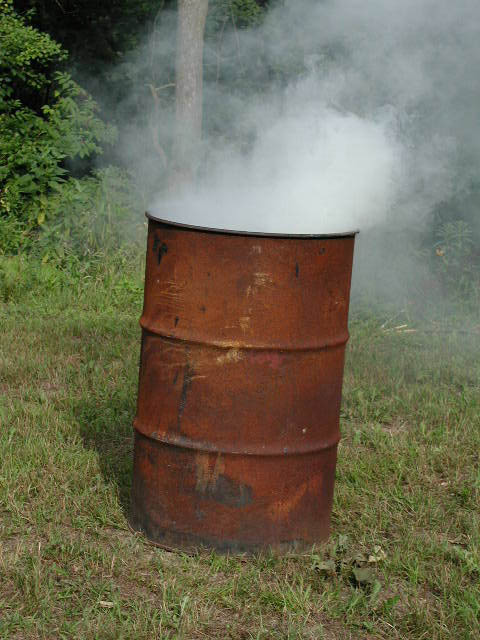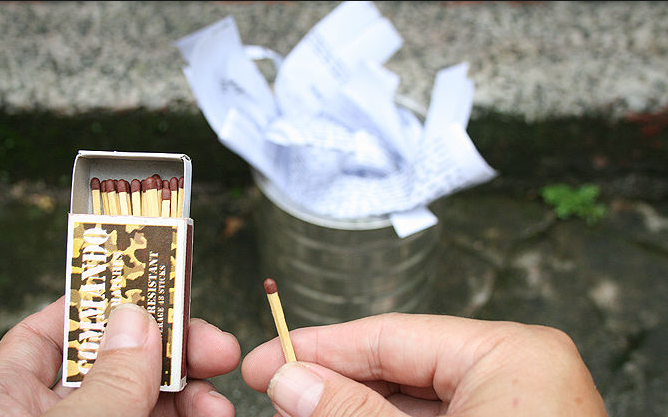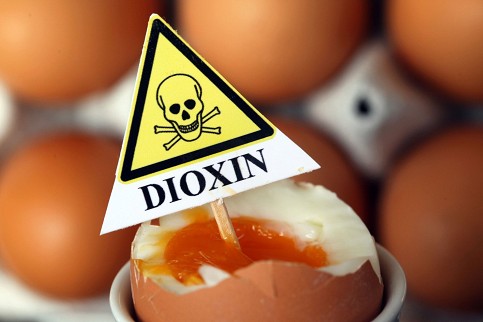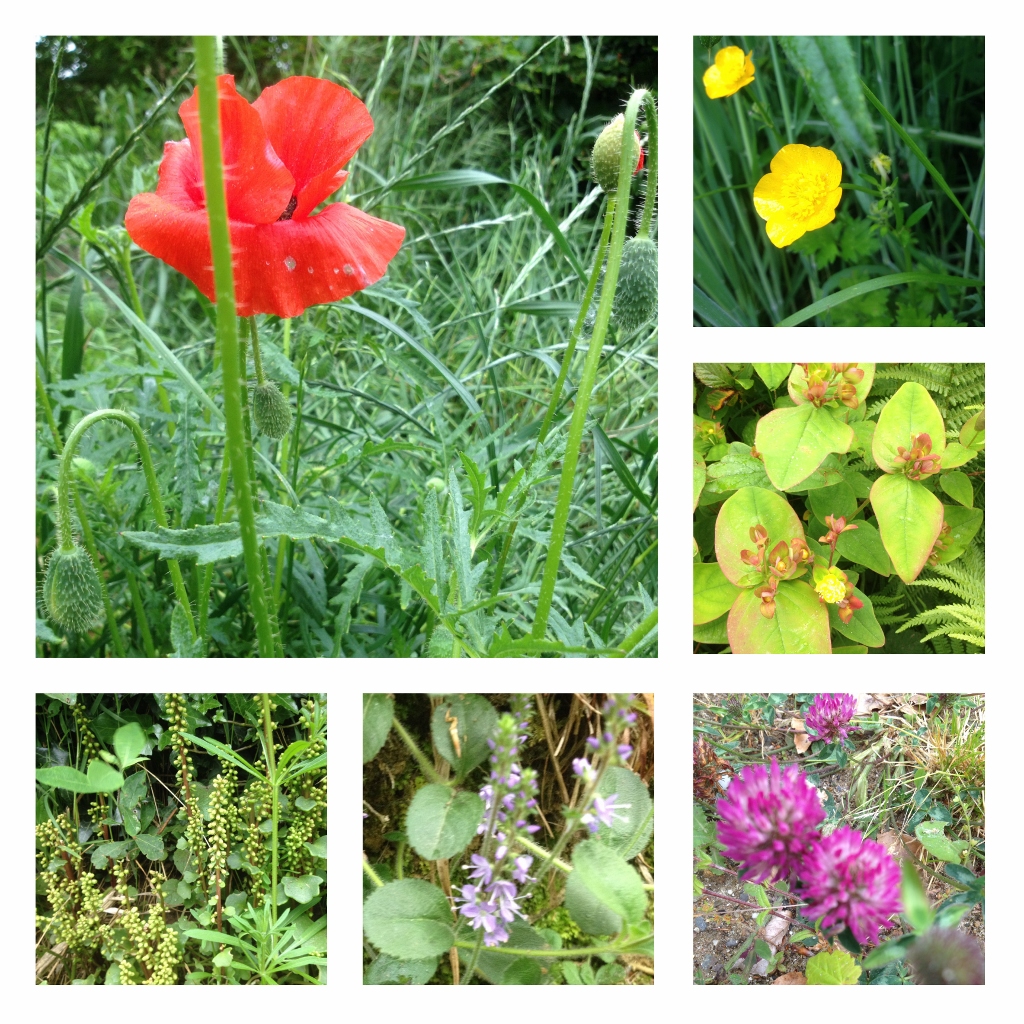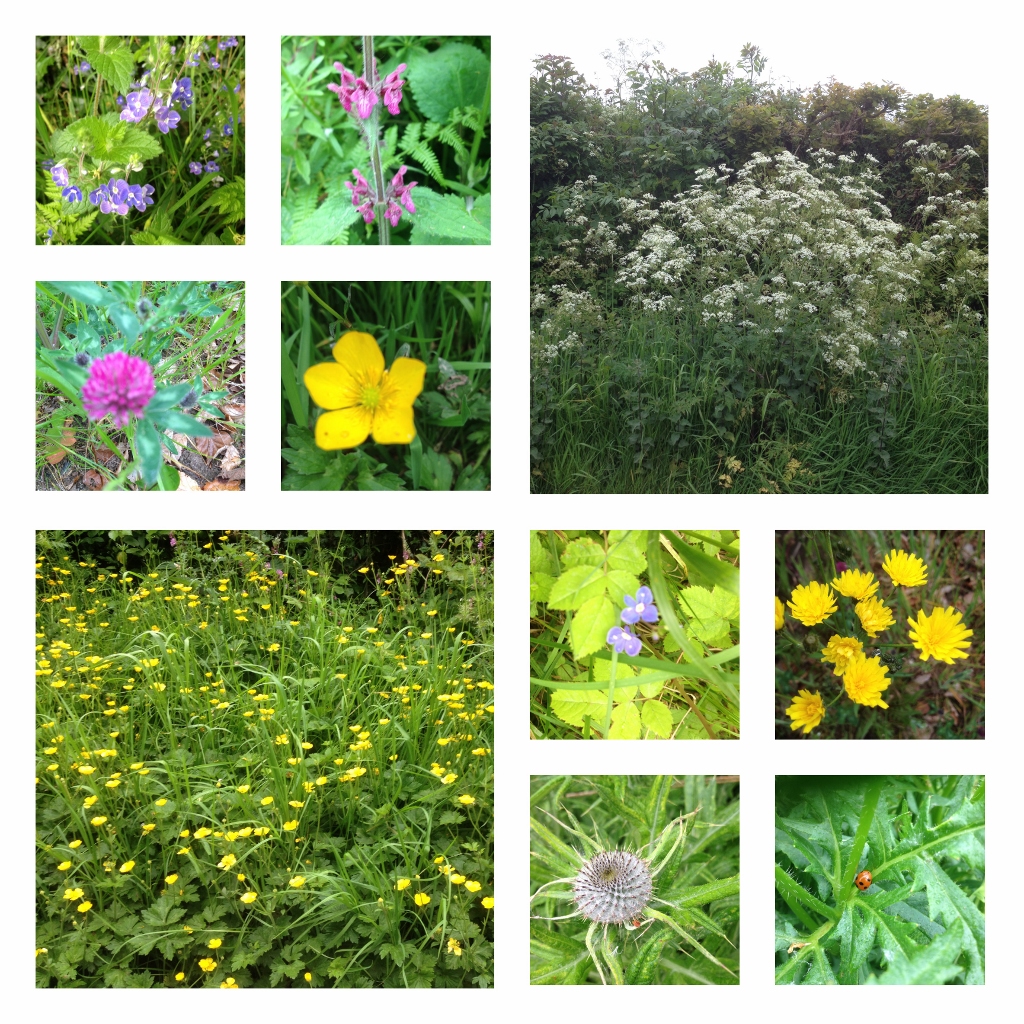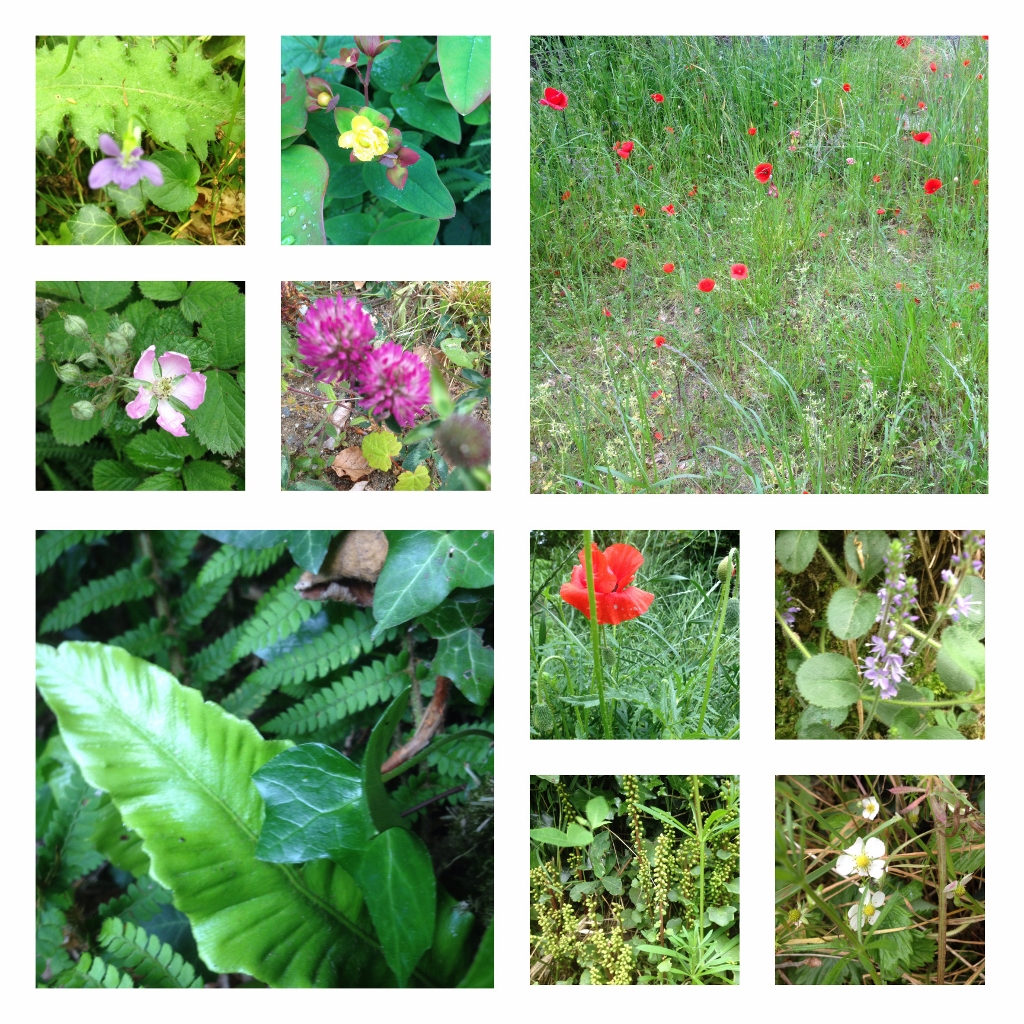National Tree Week 1 – 8 March 2015 ~ ‘ Do you love Trees?’
The theme for National Tree Week 2015 is ‘Do you love trees?’
The launch of National Tree Week being sponsored by ESB takes place in Castletown House in Co Kildare on 1st March where the Tree Council will be giving away over 2,000 trees and 15,000 during the week thanks to Coillte. National Tree Week is an annual week long fun festival about trees organised by The Tree Council of Ireland. In celebration of National Tree Week individuals, families, schools and local communities are encouraged to participate in and support events taking place around the country during the week.
By doing something as simple as planting a tree, everyone can play their part in making a difference to our efforts to live more sustainably, bringing about huge benefits, many of which will have long term impact in times of climate uncertainty.
Despite great advances in the past 100 years, Ireland remains one of the least wooded countries in Europe with only 11% of our land planted with trees compared to the European average of 40%. Ireland has agreed a target to increase our forest cover to 17% by 2035. This initiative will provide new jobs, build our forestry industry and help improve our environment.
On a global level, trees play a significant role in mitigating against climate change by soaking up carbon emissions and in the sustainable wood resource they provide. Trees also improve air quality, providing us with clean air to breathe, and reduce the effects of flash flooding and soil erosion. They give shade to make streets and buildings cooler in summer and improve the energy efficiency of buildings by providing shelter and reducing heat loss. Without trees, life on earth would be intolerable.
Get involved!
It’s easy to get involved as an individual or as a group. The Tree Council of Ireland invites you to organise one or more events for the week to celebrate trees. As well as tree planting ceremonies, the range of events can include forest and woodland walks, nature trails, workshops, woodturning displays, talks, tree hugging, tree climbing etc. – the choice is yours!

What can you do to celebrate National Tree Week?
- Check out the National Tree Week events programme and take part in an event near you.
- Celebrate National Tree Week in your school by planting a tree or in the classroom by drawing pictures or making leaf prints or bark rubbings of trees, read or write poems or stories about trees, learn how to measure the height and spread of a tree, produce a class drama about trees.
- Encourage your local residents association, tidy towns group, youth club, sports club or other local organisation to get their members involved in a tree planting or tree maintenance project (eg. clean-up a local woodland) in your area.
- Volunteer in a local community tree-planting event. You’ll meet new people and make a difference in your community.
- Organise a walk or trail to showcase and tell the stores of any large, unusual or historic trees in your community.
- Commemorate an event of significance in your community by planting a tree and organise a community celebration or get together to mark the occasion.
- Celebrate the week in a personal way by planting a tree yourself in your own garden.
- Take some time to read a book about trees or find our more about their characteristics, their uses, folklore etc. Learn to identify trees in your neighbourhood.
- Enjoy the outdoors. Visit a local forest or park or take a nature walk and enjoy observing and being in the company of trees.
- Those in the business community could sponsor a community tree project.

Even the smallest garden can accommodate a tree!
Just because your garden is small, don’t think that you can’t have trees. One of the advantages of planting trees is that there is a species to fit every location, regardless of size. Many people with small gardens only have space for one tree so choosing the right one is important. When planting in small enclosed spaces, it is advisable to plant trees that have a small crown spread. Eventual height is an important factor too. Even small ornamental trees may, over time, reach a height of 6-7m or more. If you only have room for one tree ideally look for one with more than one feature or season of interest such as coloured bark or fruit or autumn colour following on from flowers.
Some Native Tree Species to consider for Small Gardens.
Strawberry tree (Arbutus unedo) – Slow growing evergreen with shredding brown bark and dark green, leathery leaves. Clusters of pinkish white, pitcher-shaped flowers and red strawberry-like fruits are borne together in late autumn and winter. Height 5m.
Spindle (Euonymus europaeus) – Although inconspicuous for much of the year, this small tree is very showy in autumn and early winter when the leaves turn blazing scarlet and masses of rose-red capsules split open to reveal orange seeds. Height 4m.
Silver Birch (Betula pendula) – Distinctive silvery-white, peeling bark that becomes marked with black, rugged cracks as it gets older. In spring, yellow-brown male catkins appear and in late autumn the diamond-shaped, bright green foliage turns yellow before falling. Height 12m. Betula pendula ‘Youngii’ is a weeping form that develops a mushroom-headed habit with branches reaching to the ground.
Rowan (Sorbus aucuparia) – Choose the fastigiate form. Leaves turn deep, fiery red and yellow in autumn. Sprays of white flowers cover the tree in late spring, followed by bunches of red berries in autumn. Height 8m.
Yew (Taxas baccata) – Choose the columnar or fastigiate form. Slow growing coniferous tree forming a dense, compact column. Height 3m.
Recycling saves trees!
 Trees are essential to our world and offer a wide range of benefits to our environment so for the week that’s in it we should also remember that recycling saves trees! Each ton of recycled paper can save 17 trees, 380 gallons of oil, three cubic yards of landfill space, 4000 kilowatts of energy, and 7000 gallons of water. This represents a 64% energy savings, a 58% water savings, and 60 pounds less of air pollution.
Trees are essential to our world and offer a wide range of benefits to our environment so for the week that’s in it we should also remember that recycling saves trees! Each ton of recycled paper can save 17 trees, 380 gallons of oil, three cubic yards of landfill space, 4000 kilowatts of energy, and 7000 gallons of water. This represents a 64% energy savings, a 58% water savings, and 60 pounds less of air pollution.
Wexford County Council National Tree Week Primary School Competition:
Wexford County Council have organised a competition for all primary schools in Co. Wexford to celebrate National Tree Week 2015 . The winning entry will win €200 worth of trees for their school and €100 for their own garden.
All you have to do is write a description of your favorite tree or planted area of trees in your garden, school or local area. Entries must not exceed 1 A4 page and it can include drawings or a photo of the tree if you like. Don’t forget to write on the back your name, school and contact details.
Send your entry to Cliona Connolly, Environment Section, County Hall, Carricklawn, Wexford.
Closing date for receipt of all entries is Friday 13th March 2015.
What will you do to celebrate National Tree Week? Maybe you will attend one of the many events organised by the Tree Council of Ireland , help your local community group to plant some trees, plant a tree in your own garden or just go for a walk in the local woodland and admire the beauty of the many species of trees around you. Whatever you decide trees are essential and are a huge benefit to our environment.





























